
When was the last time you went to the store to purchase a bottle of wine? If you can remember, you may also remember wondering just how the price on that bottle became determined, and by whom. Professionals in the industry are readily able to furnish the answers. A wine’s price directly reflects—or should, anyway—its quality. Three main contributors orchestrate the process: High-quality grapes, French oak barrels, and skilled winemakers.
What you’ve just been told is likely nothing you didn’t already know. The more prestigious the product, the steeper the price. But what, exactly, makes a hardwood floor “prestigious”? Why does one grade of wood, as well as species of wood, cost more than another? Why do installation costs vary from contractor to contractor? This is a lot to unpack, even when we leave out subflooring, a component that refuses neglect with the intensity of Dido’s refusal to grant her beloved Aneas passage to Rome. Still, let’s start at the top.
Solid Wood or Engineered Wood?
Solid wood is pure wood all the way through, and is cut from a species of tree. Engineered wood consists of a thinner layer of hardwood bound to a strong substrate of plywood. Here’s a look at what you can expect to pay:
- Solid Wood: About $8 to $15 per square foot
- Engineered Wood: About $3 to $14 per square foot
Solid wood typically runs a bit higher for its pureness, lifespan (up to 100 years), and slight edge in aesthetic appearance. However, instances do crop up where engineered hardwood does end up costing more. For example, a high quality engineered floor, using a thick veneer of exotic species along with a powerful substrate, can run all the way up to $14 psf. Unfinished solid hardwood of a domestic species, on the other hand, can be obtained for as low as $8 psf.

The Grade
The grade of the wood defines how the surface appears. A tight, smooth grade presents a tight, smooth-looking floor. It flirts with the pristine. There are no knots, divots, or dark spots. It’s wood that exhibits a spectacular show, so of course, the tighter the grade, the higher the cost. Mind you, the grade of the wood will not determine its strength; in that arena, all grades are about the same. Here’s a breakdown of how the North American market distinguishes wood grade:
- Clear Grade: The tightest grade, with no marring
- Select Grade: Very light evidence of nicks and discoloration
- #1 Common: Shorter boards with more obvious texture
- #2 Common: This is a rustic grade indeed, rife with knots and shifting colors, though no less charming for the fact (indeed, depending on your aspirations, it may even be more charming)
Starting with #2 common, the cost rises as we move up. Just remember that grade has nothing to do with how strong your floors are going to be.
The Species
Should you decide on hardwood floors for your home, you’ll likely be faced with choosing a species. Most buyers are still on board (smile) with domestic wood such as red oak, white oak, maple, and American cherry. Which isn’t to say that exotic wood species are not gaining popularity. They most certainly are, and not only because they look beautiful (remember grading), but because they score much higher on the U.S. Forest Service’s Janka Hardness Test.
The Janka Hardness Test is used to measure how well wood holds up against impact. The higher the number, the stronger—and more expensive—the wood. For example: Northern red oak scores a 1290 on the test. This is a standard, acceptable score for hardwood flooring. Brazilian redwood, on the other hand, scores a 3190 on the same test. As you may imagine, wood this strong and downright gorgeous is going to cost much more than those that constitute “acceptable”.
The Subflooring
Subflooring acts as your hardwood floor’s foundation. Its job is to provide structural support for what lies—or walks, or runs, or trots—above. Two of the most common materials used for subflooring are plywood and OSB (oriented strand board). Plywood is made from layers of wood glued together in opposite directions. OSB is also layered, but instead of sheets, the layers are bound together in large flakes. These flakes form a starry or kaleidoscopic pattern that you’ve doubtless encountered many times before.
Right out of the gate let’s tell you what you can expect to pay for each. Plywood runs about $21 per 4X8 sheet. For OSB, you’ll pay around $16 for the same size sheet. As you might expect, most flooring experts consider plywood to be the better material. It is stronger, easier to install, and will ultimately result in better resale value for your home. However, the gap between the two is by no means wide, so if you’re looking to save some money, OSB makes a perfectly logical choice.
The Contractor
The above information is going to go a long way toward determining what a contractor charges for installing your floor. Having said that, some additional labor costs will come into play. Keeping in line with the title of this article, how those costs are formulated will depend on factors such as these:
- Moving the furniture
- If there isn’t a lot you may want to handle this yourself, otherwise…
- It’s possible the contractor can do it, for a little extra grease on the palm
- Removing an existing floor
- This typically runs up to $2 per square foot for old wood, $0.20 for carpeting
- Preparing or repairing subfloor/floor joists for adherence to NWFA flatness regulations
- The size and shape of the room in question
- The adhesive
- High quality hardwood floor adhesive can go anywhere from $100-$200 per 5 gallons
- Tongue and groove “floating floor” adhesives, though not always necessary, are available for much lower prices ($20-$50 per 5 gallons)
Some contractors will also elect to dry fit your floors before making things permanent with nails or glue. This will also cost you a little more, with the benefit of knowing how things are going to look before the ability to correct mistakes becomes more difficult.

With this article I’ve attempted to illustrate how the pricing on hardwood flooring is established. What sways the pendulum has mostly to do with the quality of the building material, as well as who has been hired to do the labor. Many may not consider your hardwood flooring as tantamount to fine wine, but it’s a sure bet that, if you’ve elected to proceed with this most elegant accentuation for your home, you’ll be aiming for the best. And now you know why the best in flooring always costs just a little more.

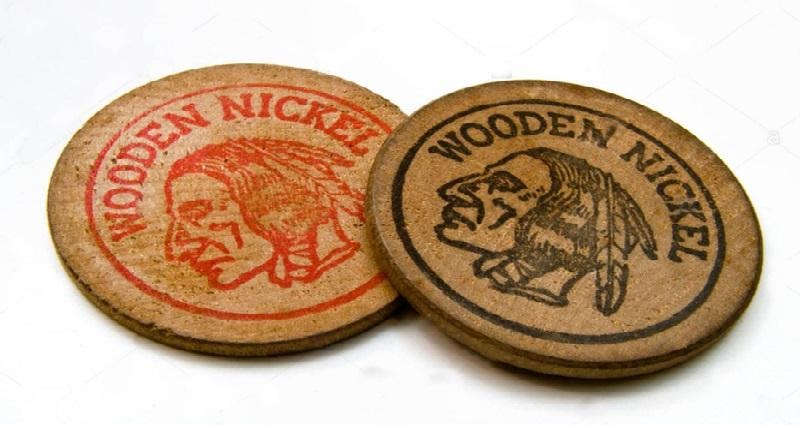
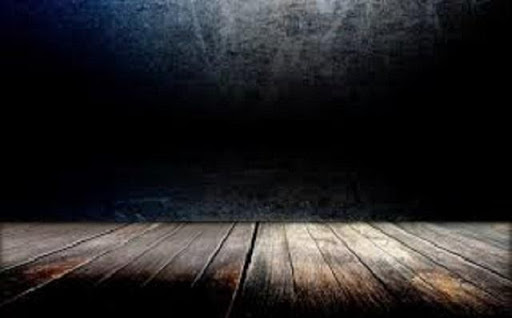
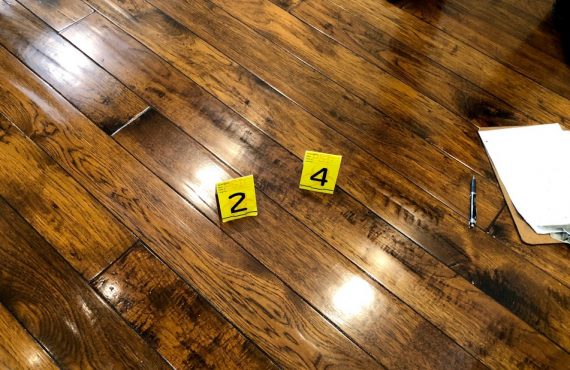



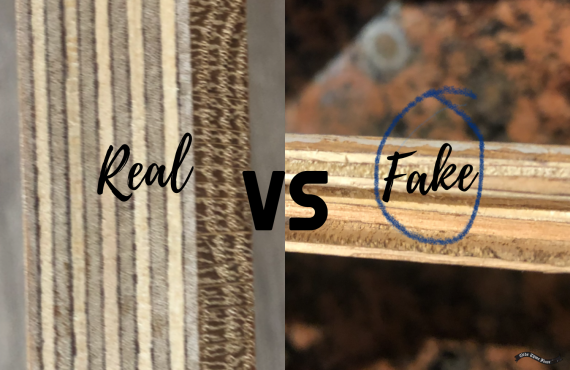




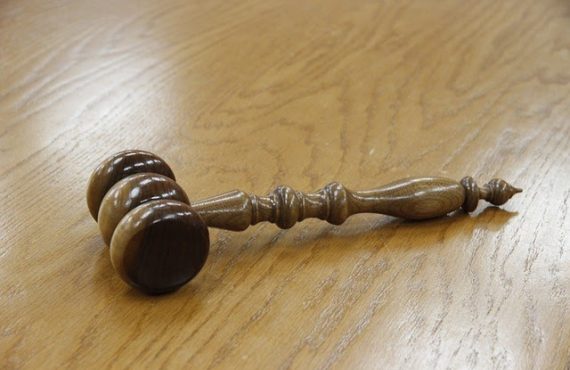
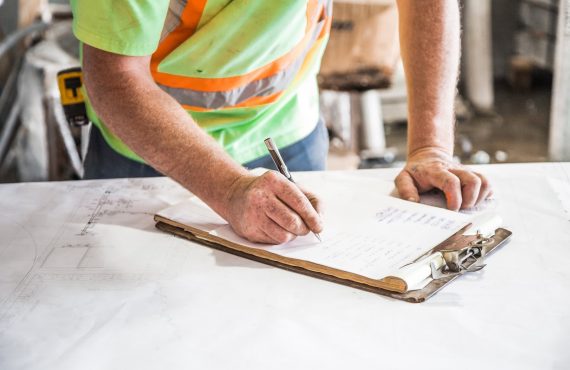


No comments yet.